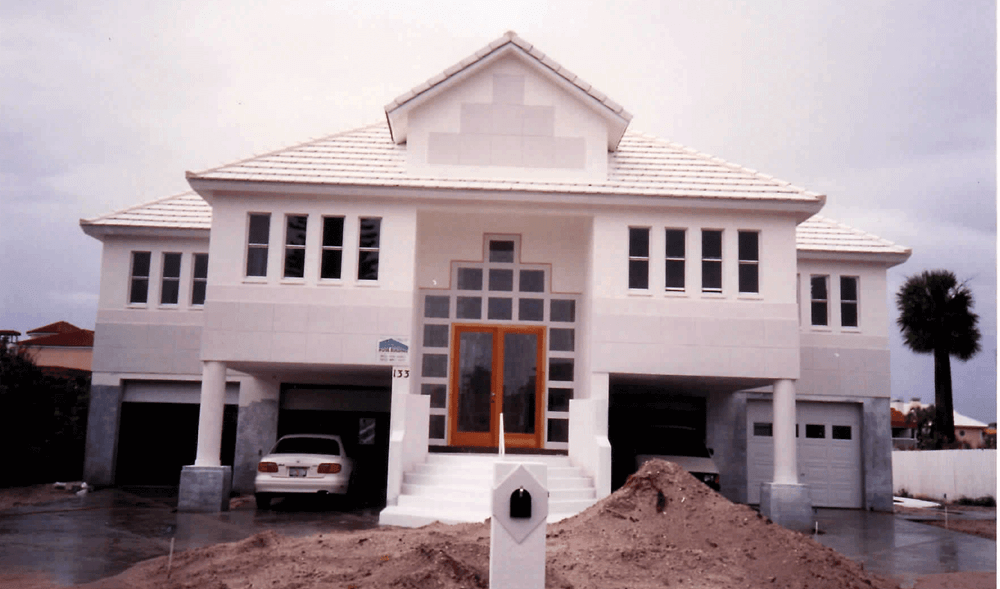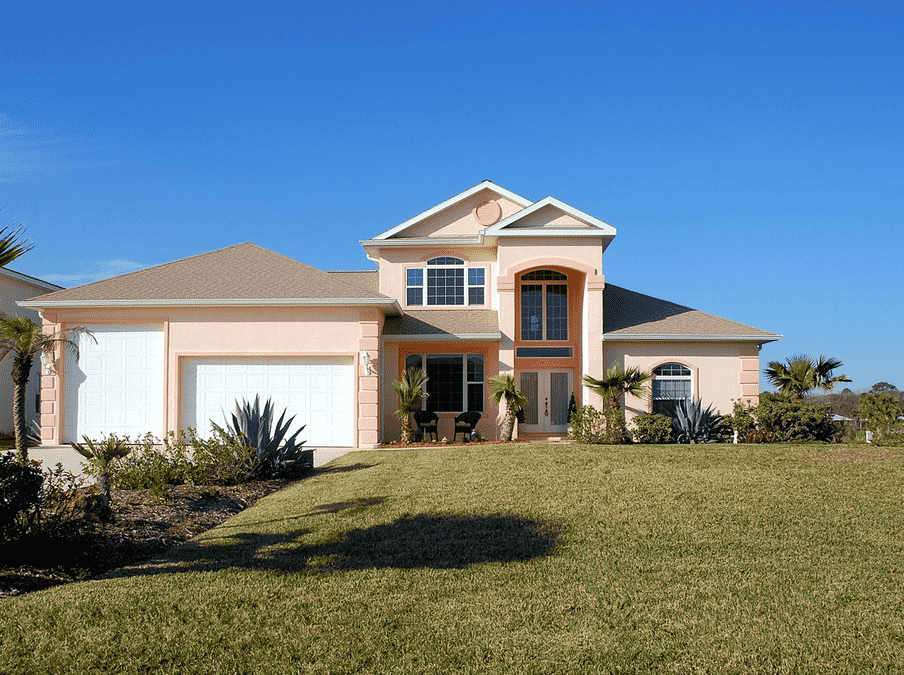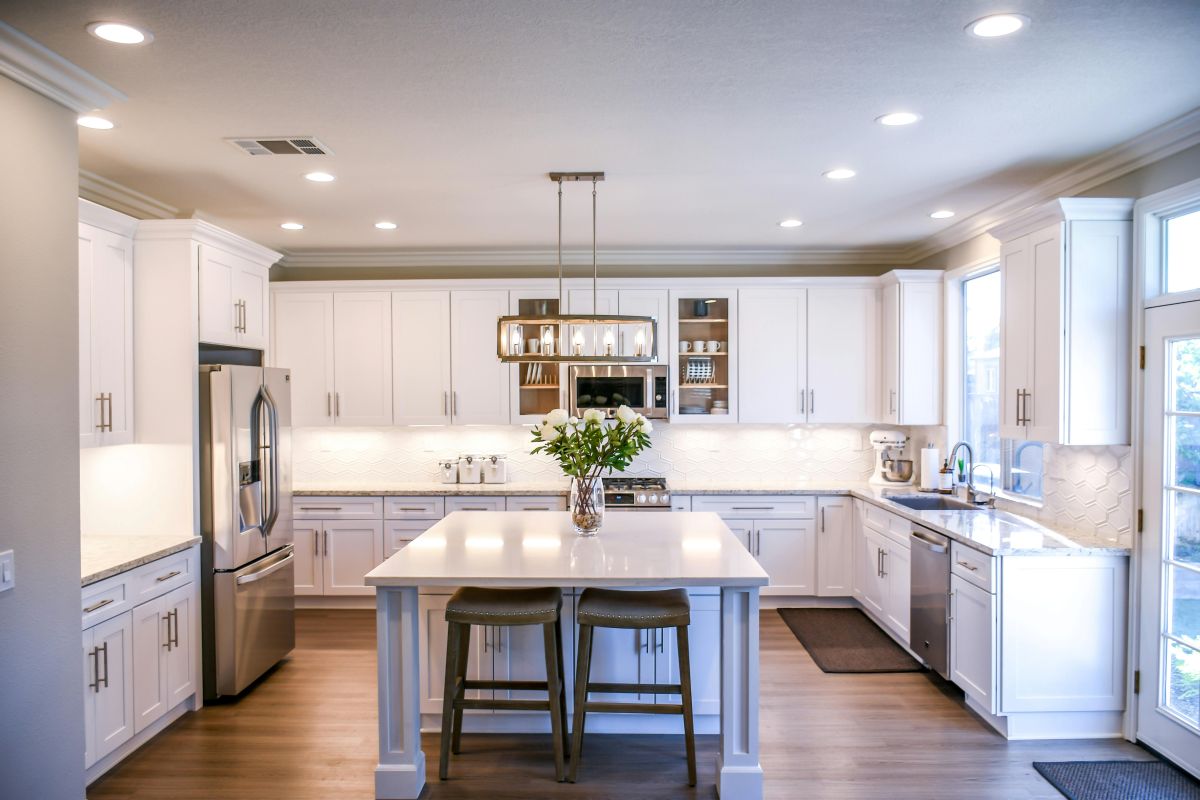By using our website, you agree to the use of cookies as described in our Cookie Policy
a
Rss Feed
How Climate Affects Building Design and Material Selection
Climate plays a big role in how buildings are designed and what materials are used. Different climates bring unique challenges and opportunities, so it's important to consider these factors to keep a structure safe, durable, and efficient. Knowing how climate impacts building design and material selection helps create homes and buildings that can handle local weather conditions.
Hot and Arid Climates
In hot and dry climates, buildings need to stay cool and comfortable while using as little energy as possible. The intense heat and low humidity can cause materials to expand and contract, which might lead to structural issues.
- Thermal Mass: Using materials like concrete or adobe that have high thermal mass can help absorb and store heat during the day, releasing it at night to keep indoor temperatures stable.
- Reflective Roofing: Light-colored or reflective roofing materials can reduce heat absorption, keeping the building cooler and cutting down on the need for air conditioning.
- Shading: Adding shading elements like overhangs, pergolas, and vegetation can protect the building from direct sunlight and lower indoor temperatures.
Good ventilation is also important in hot and dry climates. Designing buildings with cross-ventilation and using materials that allow for natural airflow can help keep interiors cool and comfortable. Choosing materials that resist UV radiation and thermal expansion can also make the structure last longer.
Cold and Snowy Climates
In cold and snowy climates, buildings need to retain heat and handle heavy snow loads. The extreme cold can make materials brittle and prone to damage, so picking the right materials is key.
- Insulation: High-quality insulation in walls, roofs, and floors is essential for keeping heat in and reducing energy use for heating.
- Durable Roofing: Roofing materials need to withstand heavy snow loads and prevent ice dams. Metal roofing and asphalt shingles are good choices for their durability and resistance to snow and ice.
- Energy-Efficient Windows: Double or triple-paned windows with low-emissivity (low-E) coatings can help retain heat and cut down on energy loss.
Besides insulation and durable roofing, proper drainage systems are crucial to prevent water damage from melting snow. Designing buildings with steep roof pitches can help shed snow and reduce the risk of structural damage. Choosing materials that can handle freezing temperatures and resist moisture is also important for keeping the structure intact.
Humid and Tropical Climates
Humid and tropical climates come with challenges like high humidity, heavy rainfall, and the potential for mold and mildew growth. Buildings in these climates need to manage moisture and promote airflow.
- Moisture-Resistant Materials: Using materials that resist moisture, like treated wood, concrete, and metal, can help prevent mold and mildew growth.
- Ventilation: Good ventilation is key for reducing humidity levels and promoting airflow. Designing buildings with large windows, vents, and open floor plans can enhance natural ventilation.
- Elevated Foundations: In areas prone to flooding, elevating the foundation can protect the building from water damage and improve drainage.
In addition to moisture-resistant materials and good ventilation, adding shading elements and reflective roofing can help keep interiors cool and reduce energy use. Choosing materials that can handle high humidity and resist corrosion is also important for making the structure last.
By understanding how climate affects building design and material selection, homeowners and builders can create structures that are safe, durable, and energy-efficient. For expert guidance on building design and material selection in Largo, FL, trust the experienced professionals at Rose Building Contractors. Contact us today at 727-596-2390 to discuss your project and make sure your home is built to handle local climate conditions.
‹ Back






.png)
